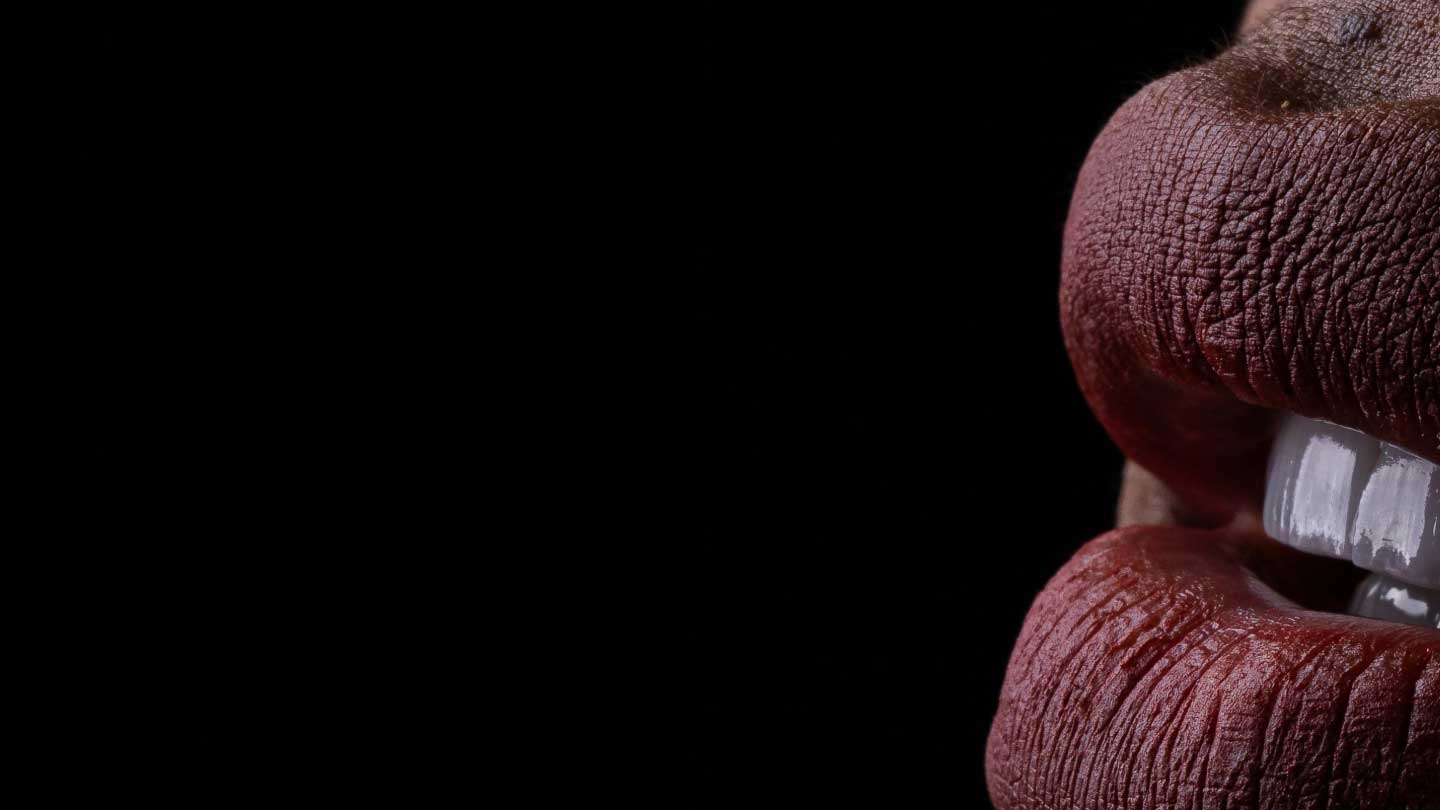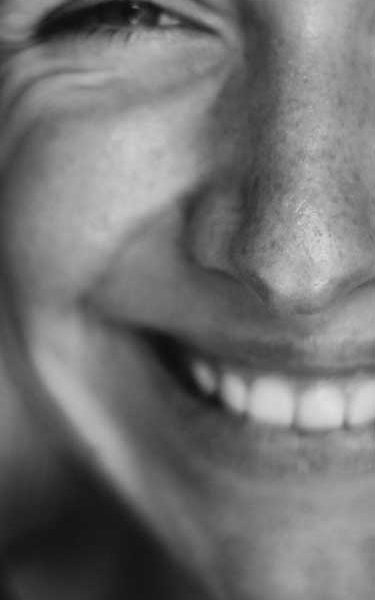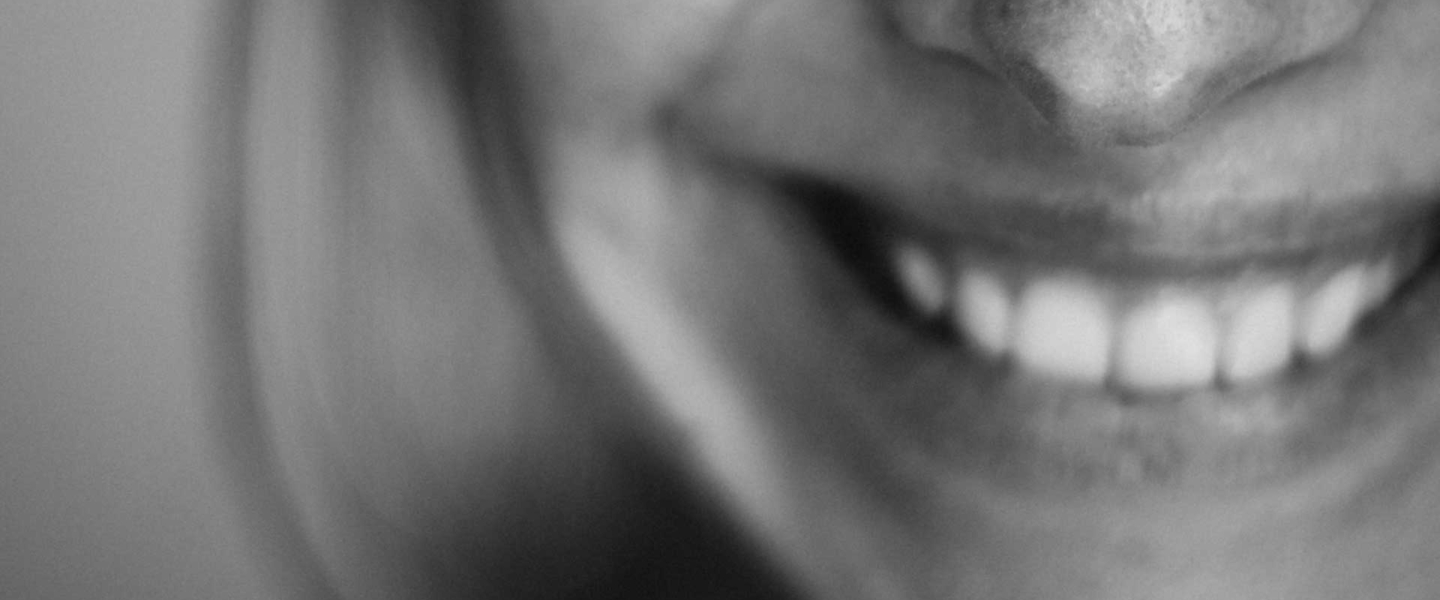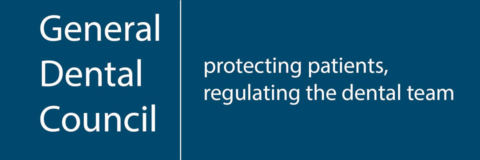Teeth grinding, also known as bruxism, is a common condition that can cause significant damage to teeth, jaw pain, and headaches.
It often occurs unconsciously during sleep or even while awake due to stress or misaligned teeth.
At Dream Smile Dental Clinic, we provide effective treatments to protect your teeth and relieve discomfort caused by bruxism.














